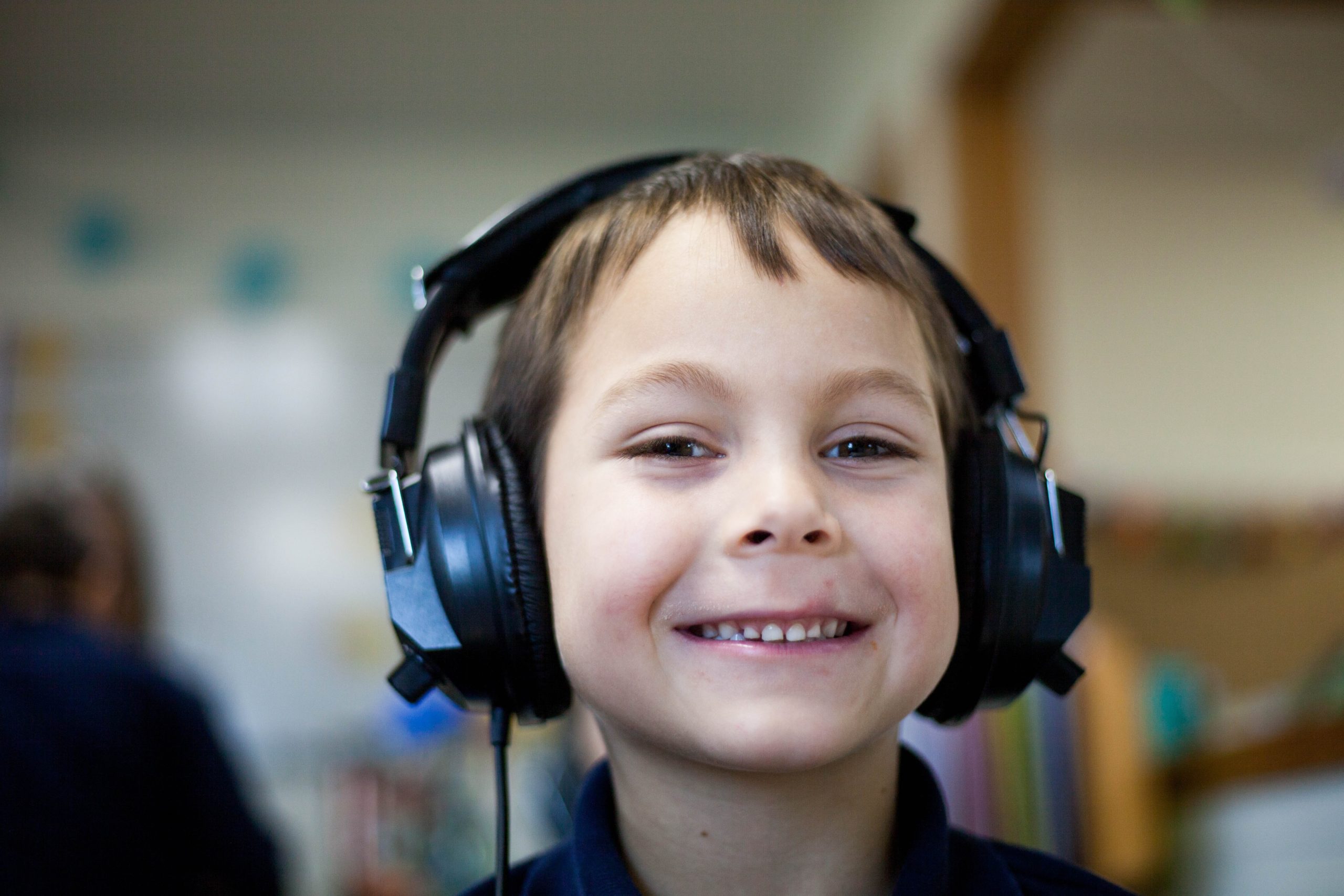The number of topics an individual communicates about each day is extensive. Communication helps us form and maintain relationships, express likes/dislikes or wants, ask and respond to questions, etc. These skills are just as important for individuals who use augmentative and alternative communication (AAC) systems as they are for you or me. Similar to us, individuals who use AAC require access to language on their communication systems. They require support to develop these skills. They also require the opportunity to communicate using these skills. There are six primary communication functions of AAC that we use.
Six Primary Communication Functions of AAC
Requesting
Individuals use requesting in a variety of ways. This includes: requesting a preferred individual (e.g., “mom” or “dad”) or activity, gaining someone’s attention, or communicating a basic want or need (e.g., “food, drink,” or “bathroom”). Requesting can indicate a food/drink order, someone we want to speak to, a place we want to go, or a game we want to play.
Protesting
Similar to requesting, individuals use protesting to reject or decline things that they do not want. This might include: a food/drink that we do not want, an activity, or a chore that we do not wish to do. While protesting can sometimes be considered inappropriate (e.g., skipping school or work), it is something that we use our words or actions to effectively communicate.
Describing
Describing explains the things that we see by labeling or explaining our wants and needs. For example, we may label our list of items for the grocery store or the ingredients that we need to make cookies. By using labeling and describing, we increase our ability to communicate more successfully.
Asking and Responding to Questions
Asking questions includes use of the five “wh” questions: “who, what, where, when,” and “why.” We also use “how, can, do, are you,” as well as “yes/no” in order to ask and respond. Individuals use questions in order to gain information about a topic or person. When someone asks us a question, we answer by providing enough details to appropriately respond. We ask and respond to questions to share our thoughts and ideas. This results in a communication exchange between two or more individuals.
Commenting
Individuals use commenting in order to remark on what they see, feel, hear, or otherwise experience (e.g., taste). For example commenting with “yum” after tasting something good, or saying “whoa” or “wow” when experiencing surprise. Commenting may also be used to indicate a like or dislike (e.g., a favorite color). It is used to provide basic information in a clear and concise manner.
Expressing Feelings
An individual uses communication to express their physical and/or emotional state (e.g., “happy, angry, sick, tired,” or “in pain”). If in pain, or sick, we use communication to specify how or why we feel the way we do. If we are excited, we explain what is making us feel that way.
In summary, we use these primary communication functions to help us effectively and efficiently communicate. You may notice that several of these functions overlap, or coincide with one another. For example, you can express that you are sick, then respond to questions about “how” or “why” you feel sick. If you comment on how you like something, you can also use communication to request a repetition. The communication functions listed above are continuously used throughout our day. This is why it is important to support individuals who use AAC systems to communicate using these functions.
Vocabulary provided to individuals on their AAC systems should be intentional. This includes what is important to the individual and/or their caregivers. Preferred objects or persons are most likely to be used for individuals who are in the stage of language development and have not yet expressed a “first word.” Also, being able to communicate medical needs is an important skill to address when applicable. In general, including vocabulary on an AAC system that can meet the need of all six communication functions is crucial. Check out additional resources from Autism Classroom, Cornerstone Autism Center, and Communication Community. If you or someone you know needs additional support we AAC, our speech therapists at MOSAIC can help!
Reference
- Beukelman, David R., and Pat Mirenda. Augmentative and Alternative Communication: Supporting Children and Adults with Complex Communication Needs. Paul H. Brookes Pub., 2013.
 Therapeutic Listening ® is a program that can be beneficial to address impairments in the auditory system. The elements of music and sound play a significant role in our development. Orienting to sound, locating sound, selecting sound, attending to sound, and discriminating sound are only the tip of the iceberg for the auditory system. In addition, our auditory system provides information such as:
Therapeutic Listening ® is a program that can be beneficial to address impairments in the auditory system. The elements of music and sound play a significant role in our development. Orienting to sound, locating sound, selecting sound, attending to sound, and discriminating sound are only the tip of the iceberg for the auditory system. In addition, our auditory system provides information such as:
 Have you ever talked with a friend, family member, or coworker, and they mentioned spraining an ankle or straining a hamstring? Were you unsure what they meant? Or maybe why one person had surgery and another person went to physical therapy? So, what exactly do sprain, strain, and severity mean, and how will they be managed?
Have you ever talked with a friend, family member, or coworker, and they mentioned spraining an ankle or straining a hamstring? Were you unsure what they meant? Or maybe why one person had surgery and another person went to physical therapy? So, what exactly do sprain, strain, and severity mean, and how will they be managed?